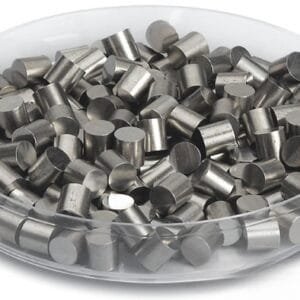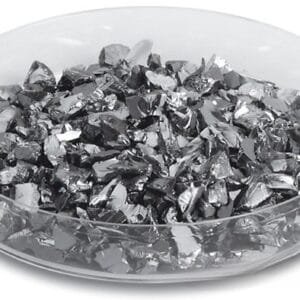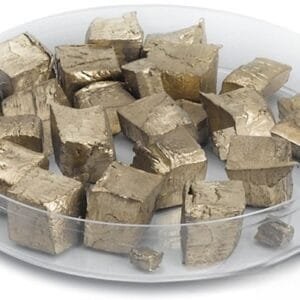High-Purity Chromium-Vanadium Evaporation Materials
Chromium-vanadium evaporation materials are crucial for producing high-quality deposited films in various deposition processes. TFM specializes in manufacturing these materials with exceptional purity, reaching up to 99.9995%, ensuring reliability through stringent quality assurance procedures.
Chromium Vanadium Evaporation Materials Specifications
- Material Type: Chromium-Vanadium
- Color/Appearance: Gray
- Purity: 99.9% to 99.9995%
- Available Shapes: Powder, granule, and custom-made forms
Applications of Chromium Vanadium Evaporation Materials
These materials are employed in:
- Deposition Processes: Essential for semiconductor deposition, chemical vapor deposition (CVD), and physical vapor deposition (PVD).
- Optics: Used for wear protection, decorative coatings, and display technologies.
Product Packaging and Handling
Our chromium-vanadium evaporation materials are carefully packaged to prevent damage during storage and transportation, ensuring they retain their high quality.
Contact Us
As a premier manufacturer and supplier, TFM offers chromium-vanadium evaporation materials in various forms, including powder and granule, with custom options available upon request. For current pricing and inquiries about our evaporation materials and other deposition products, please contact us.


 MSDS File
MSDS File



Reviews
There are no reviews yet.